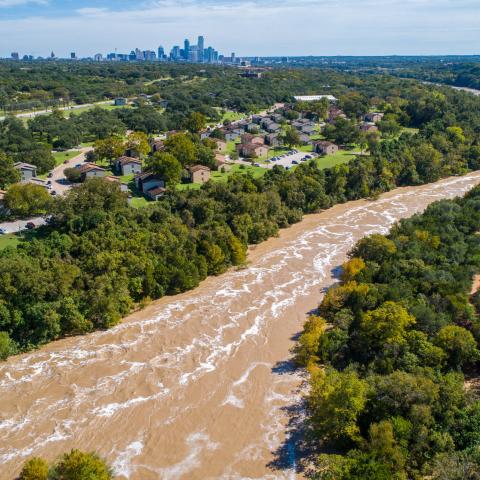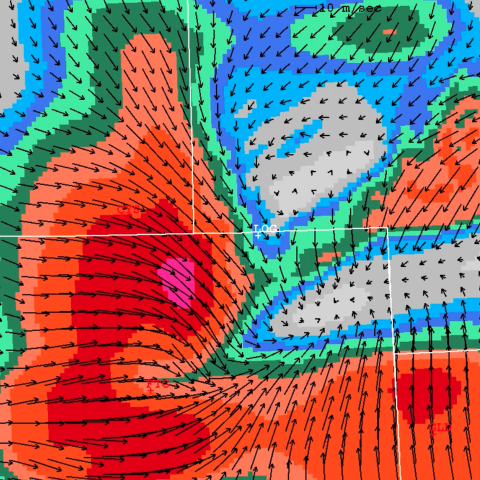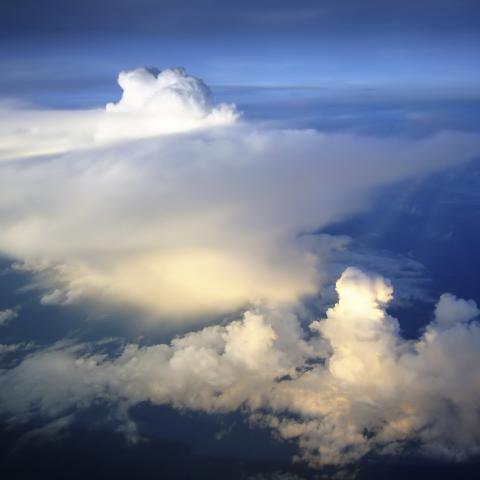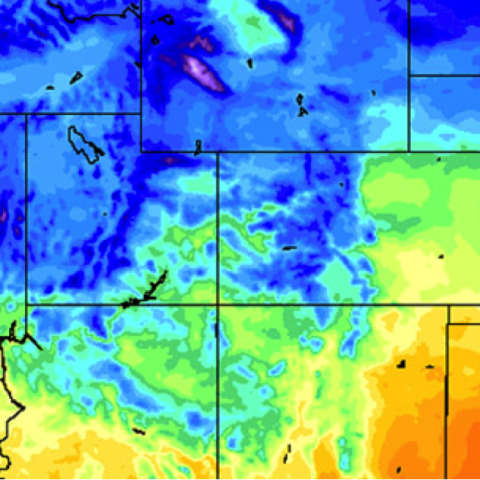Tropical Cyclones
Hurricanes and extreme precipitation events can devastate lives and property. Dramatic storm surge and flash flooding caused by these events sustain the assault long after the weather moves out. But successfully communicating the risks of storm surge risk to the public, although crucial for preventing more loss of life and property damage, is tricky. Even the best forecasting fails if the public doesn’t understand the consequences. Our scientists are teaming with our partners and local communities to improve messaging through animated graphics, clearer wording used by the media for alerts, and public education.




